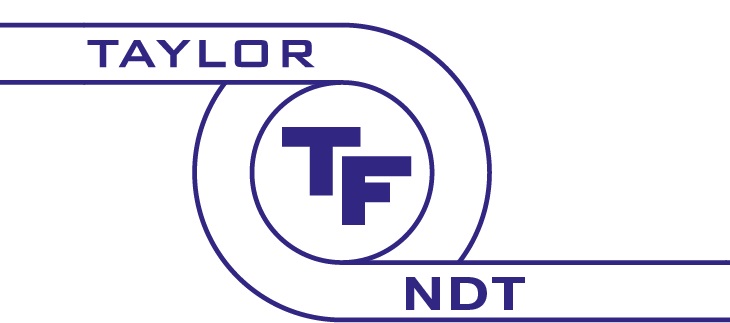Dye penetrant inspection
What is Dye Penetrant Inspection?
How does Dye Penetrant Inspection Work?
After an initial pre-cleaning process, a liquid penetrant is applied to the inspection surface. The penetrant stays in contact for a pre-determined "dwell time", which allows the penetrant to soak into any flaws. The excess penetrant is then removed. Once the surface has been cleaned a developer is applied in a thin even coating. The developer acts to draw penetrant out of any surface flaws, leaving a visible indication in the location of the flaw.
This inspection method can be used to detect
• Porosity in castings and welds.
• Cracking in castings, ceramics, plastics wrought products and welds.
• Fatigue and stress related defects during in-service inspection.
Penetrant Testing can be carried out with both visible and fluorescent dyes for multiple inspection modes and sensitivity levels, viable for a variety of industries using conductive or non-conductive, magnetic or non-magnetic, metallic or non-metallic materials.
Advantages of Penetrant Testing
• Rapid, portable, low-cost test method on complex shapes.
• High sensitivity.
• Visual representation of indications Disadvantages of Penetrant Testing.
• Can only detect surface flaws.
• Pre and post cleaning reliant.
• Surface finish and roughness affect inspection.
• Multi-step process.
• Direct access required.
